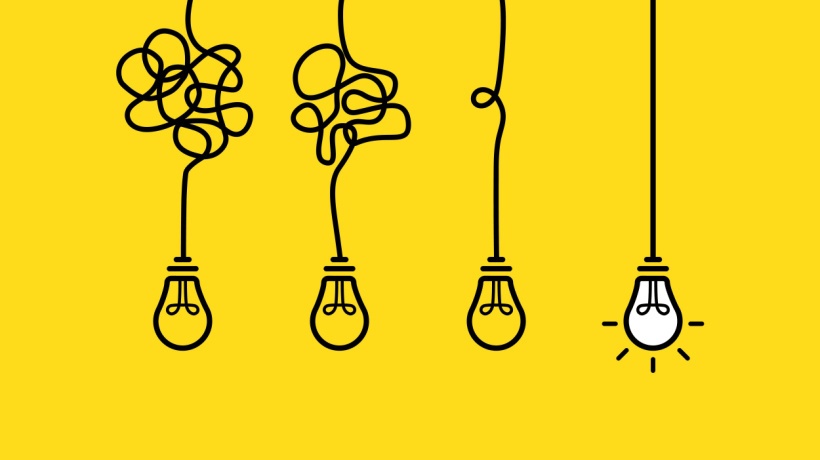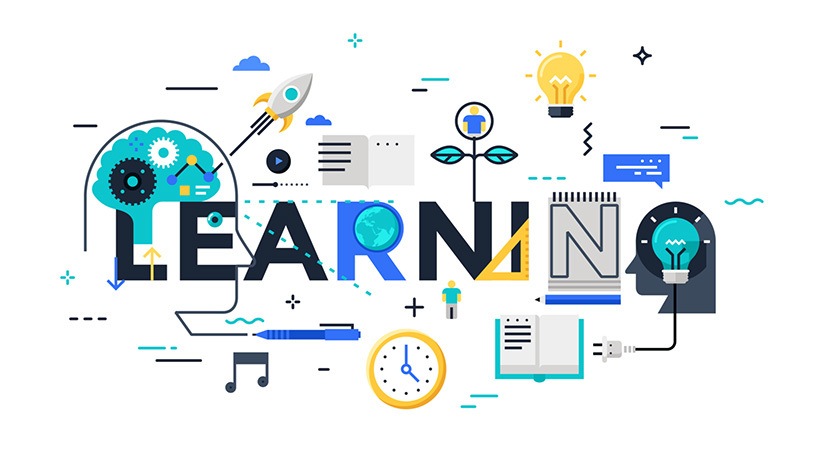Design Thinking In Learning And Development
In the realm of Learning and Development, embracing innovation and fostering meaningful growth requires a fresh approach. Design thinking, a human-centered, problem-solving methodology, has gained traction as a powerful tool for transforming learning experiences. By placing learners at the heart of the process, design thinking empowers Learning and Development professionals to create impactful solutions that drive engagement, nurture creativity, and deliver tangible results. In this article, we will explore the use of design thinking in Learning and Development, its key principles, and practical applications to inspire a new era of innovation and effectiveness.
Understanding Design Thinking
Design thinking is a methodology that combines empathy, ideation, prototyping, and iteration to create user-centric solutions. It encourages a mindset shift from problem-solving to problem-framing, focusing on understanding and addressing the real needs and aspirations of learners. The design thinking process comprises several stages:
- Empathize
Learning and Development professionals actively listen, observe, and engage with learners to gain deep insights into their motivations, challenges, and goals. This empathetic understanding forms the foundation for meaningful learning experiences. - Define
By reframing the problem statement from a learner's perspective, professionals identify the core challenges and opportunities for growth. This step ensures that the learning solutions are aligned with learners' real needs. - Ideate
A collaborative brainstorming process encourages the generation of diverse ideas and possibilities. Professionals foster an environment that nurtures creativity and welcomes unconventional thinking, allowing for innovative approaches to emerge. - Prototype
Tangible representations of learning solutions are created to gather feedback and iterate. Prototyping can take various forms, such as storyboards, simulations, or even physical models, and allows stakeholders to experience the solutions firsthand. - Iterate
Learning and Development professionals continuously refine and improve their solutions based on feedback and evaluation. This iterative process enables flexibility and adaptability to meet evolving learner needs and organizational contexts.
Applications Of Design Thinking In Learning And Development
Design thinking offers numerous practical applications in Learning and Development, revolutionizing traditional approaches and driving innovation:
1. Learner-Centric Solutions
Design thinking places learners at the core, ensuring that learning experiences are tailored to their unique needs and preferences. By empathizing with learners, professionals gain insights that lead to personalized, engaging, and relevant solutions.
2. Needs Assessment And Analysis
Design thinking methodologies enable in-depth needs assessment, helping professionals uncover learners' underlying challenges and aspirations. This information forms the basis for designing effective learning interventions.
3. Agile Curriculum Development
The iterative nature of design thinking aligns well with agile curriculum development. By continuously testing and adapting learning materials, professionals can create dynamic and responsive curricula that cater to changing learner needs.
4. Gamification And Immersive Experiences
Applying design thinking principles allows for the integration of gamification and immersive experiences into learning programs. By understanding learners' motivations and preferences, professionals can design engaging and interactive activities that promote active participation and knowledge retention.
5. Co-Creation And Collaboration
Design thinking encourages collaboration and co-creation among diverse stakeholders, including learners, Subject Matter Experts, and Instructional Designers. By involving multiple perspectives, professionals can develop innovative solutions that leverage collective expertise.
6. Problem-Based Learning
Design thinking aligns well with problem-based learning approaches. By defining authentic, real-world challenges, professionals create opportunities for learners to apply their knowledge and skills, fostering critical thinking and problem-solving abilities.
7. Learning Experience Design
Design thinking serves as a guiding framework for Learning Experience Design. By incorporating the principles of empathy, ideation, and iteration, professionals can create immersive, learner-centric experiences that foster curiosity, exploration, and deep learning.
Conclusion
Design thinking has emerged as a transformative methodology in Learning and Development. By prioritizing learners' needs, applying empathy, and embracing an iterative mindset, professionals can create innovative and impactful learning experiences. Design thinking enables the development of personalized, engaging, and learner-centric solutions that drive engagement, enhance knowledge retention, and empower individuals and organizations to thrive in an ever-changing world. As Learning and Development continues to evolve, adopting design thinking principles will serve as a catalyst for innovation, effectiveness, and lasting impact.
Design thinking skills offer tremendous value to Learning and Development professionals in today's complex and ever-changing landscape. By cultivating empathy, defining problems effectively, ideating creative solutions, prototyping, and iterating, professionals can create impactful learning experiences that engage learners and drive real-world outcomes. Embracing design thinking empowers professionals to move beyond traditional training methods and unlock the potential for innovation and growth. As the Learning and Development field continues to evolve, incorporating design thinking skills will be a catalyst for transformation and success. So, let's embrace design thinking and empower learners to thrive in an ever-evolving world!








